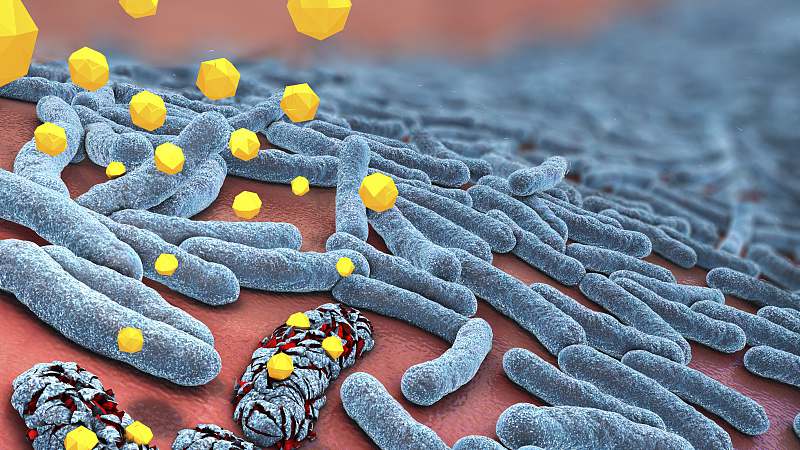The golden age of antibiotics, which began in the 1930s and revolutionized modern medicine, is facing an unprecedented threat. Antibiotic resistance has emerged as one of the most pressing global health challenges of the 21st century, with bacterial antimicrobial resistance (AMR) directly responsible for 1.27 million deaths in 2019 and contributing to nearly 5 million deaths worldwide.
This silent pandemic threatens to undo decades of medical progress, making common infections increasingly difficult to treat and putting routine medical procedures at risk. As resistant bacteria evolve faster than new antibiotics are developed, the world faces a critical juncture where immediate action is essential to prevent a return to the pre-antibiotic era.
The Staggering Scale of the Crisis
Current Death Toll and Projections
The global impact of antibiotic resistance is already devastating. More than one million people have died from AMR globally each year between 1990 and 2021. The situation is projected to worsen dramatically, with estimates suggesting that AMR deaths will increase by almost 70% by 2050 compared to 2022 levels. Even more alarming, projections indicate that more than 39 million deaths from antibiotic-resistant infections are estimated between now and 2050.
Economic Consequences
The economic burden of antibiotic resistance extends far beyond healthcare costs. The World Bank estimates that AMR could result in $1 trillion in additional healthcare costs by 2050 and cause $1 trillion to $3.4 trillion in GDP losses per year by 2030. In the United States alone, antibiotic-resistant infections cost approximately $20 billion annually, with an additional $35 billion in lost productivity.
Root Causes Driving the Crisis

Overuse and Misuse of Antibiotics
The primary driver of antibiotic resistance is the overuse and misuse of antimicrobials in humans, animals, and plants. In healthcare settings, antibiotics are often prescribed inappropriately for viral infections or without proper diagnostic testing. The problem is compounded in countries where antibiotics are available over the counter without prescriptions, making them easily accessible and promoting overuse.
Agricultural and Livestock Use
A significant contributor to the crisis is the extensive use of antibiotics in agriculture and livestock. Antibiotics are commonly used in cattle, chicken, and pigs, with projections indicating that such use will increase by 67% by 2030 in the most populated countries. This practice creates selective pressure for resistant bacteria that can transfer to humans through the food chain.
Environmental Pollution
Environmental contamination plays a crucial role in spreading resistance. More than a quarter of 258 rivers worldwide were found to be polluted with drugs to toxic levels, with the highest concentrations in Sub-Saharan Africa, South Asia, and South America. Pharmaceutical waste, agricultural runoff, and inadequate sewage treatment create reservoirs for resistant genes and bacteria.
The Mechanisms Behind Resistance
Bacteria develop resistance through several mechanisms, including reduced drug permeability, increased efflux pumps, enzymatic antibiotic modification, and changes in drug targets. These adaptations occur through natural selection, where antibiotics eliminate susceptible bacteria while resistant strains survive and multiply. The process is accelerated by horizontal gene transfer, allowing resistance genes to spread between different bacterial species.
Vulnerable Populations and Regional Impact
The crisis disproportionately affects vulnerable populations, with low- and middle-income countries bearing the heaviest burden. While AMR deaths among children under five have declined by 50% since 1990, deaths among people aged 70 and older have increased by more than 80%. The spread of resistance recognizes no borders, making this a truly global challenge requiring a coordinated international response.
The Path Forward
Addressing antibiotic resistance requires a comprehensive “One Health” approach that recognizes the interconnection between human, animal, and environmental health. Key strategies include improving infection prevention, ensuring appropriate antibiotic use, developing new antimicrobials, and strengthening global surveillance systems. Research suggests that improved access to healthcare and antibiotics could save 92 million lives between 2025 and 2050.
The antibiotic resistance crisis represents one of the greatest threats to modern medicine. Without decisive action, we risk returning to an era where minor infections could prove fatal, undermining the foundation of contemporary healthcare and threatening global health security.

